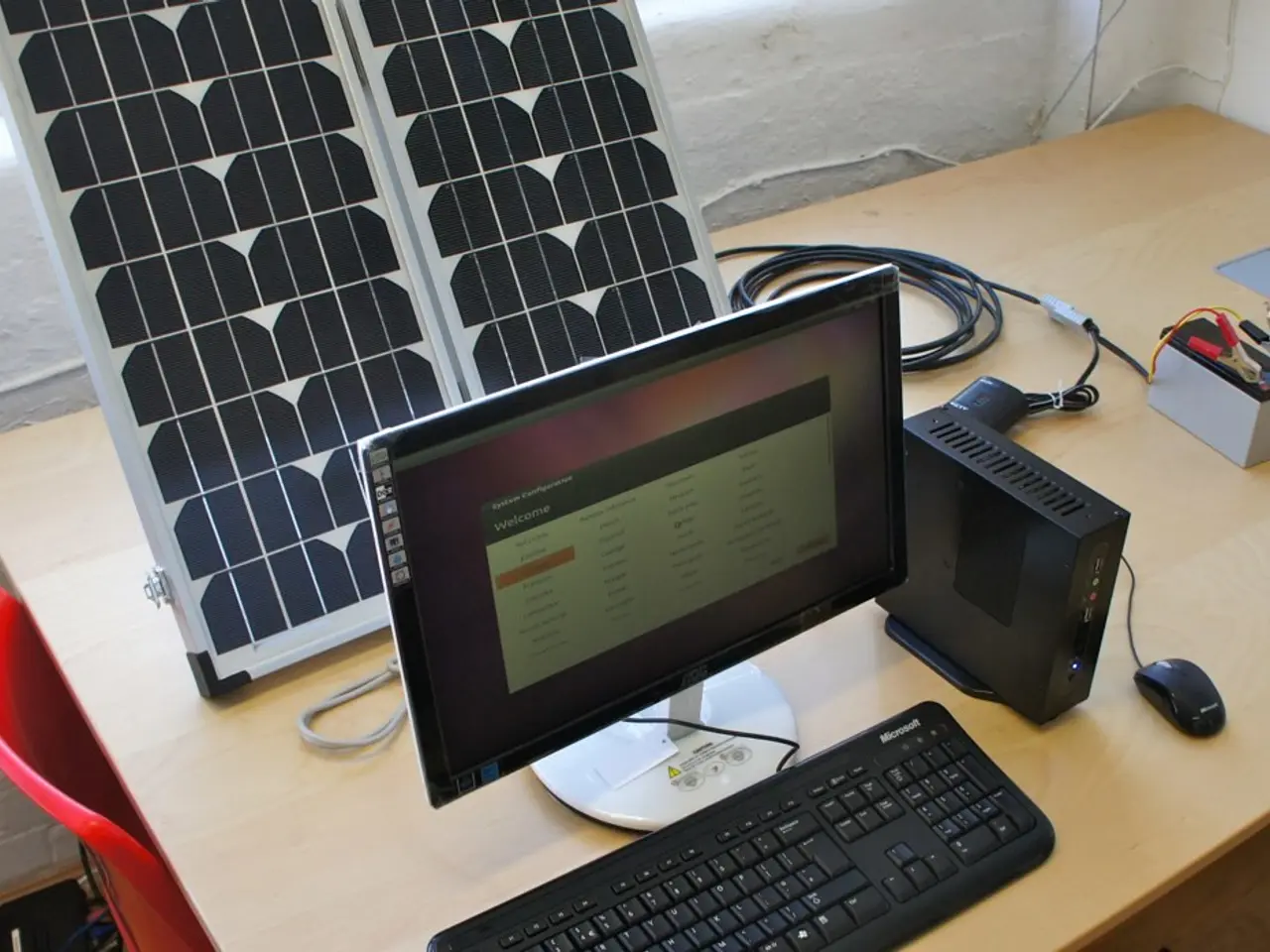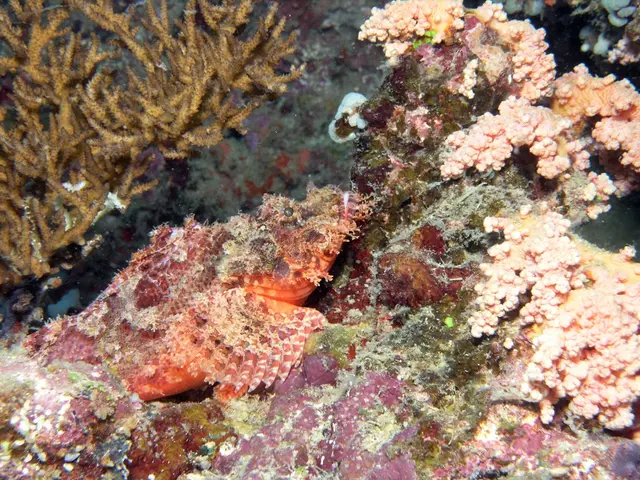Sydney Team Sets New Solar Cell Record: 23.3% Efficiency
A team from the University of Sydney has made a significant breakthrough in solar cell technology. They've developed the largest and most efficient triple-junction perovskite-perovskite-silicon solar cell, measuring 16 cm and boasting a steady-state power conversion efficiency of 23.3%.
The team's innovative approach involved using gold nanoparticles at the nanoscale to connect two perovskite junctions. This maximized electric charge flow and light absorption, leading to the impressive efficiency rate. The cell, measuring 1 cm, demonstrated exceptional thermal stability, retaining 95% of its efficiency after 400 hours of continuous operation under light and enduring 200 cycles of extreme temperature swings.
To enhance the stability of the perovskite material, the team replaced methylammonium with rubidium and lithium fluoride with piperazinium dichloride. This surface treatment significantly improved the cell's durability. The research was a collaborative effort involving international partners from China, Germany, and Slovenia, along with Australian researchers who have been at the forefront of perovskite solar cell advancements.
Professor Anita Ho-Baillie, the lead researcher, was recently awarded the Eureka Prize for Sustainability Research for her groundbreaking work on perovskite solar technology. The University of Sydney-led team's latest achievement brings us a step closer to more efficient, cost-effective solar cells, paving the way for a cleaner, more sustainable future.
Read also:
- Klinikum Landshut Recognized for Exceptional Care in Breast Cancer, Urology, and Orthopedics
- Senate Tillis under spotlight in North Carolina as IRA tax incentives remain uncertain
- Girona Boosts Hunter Safety with Automated Defibrillators
- projected growth for the natural acetoin market: $291.6 million by 2034








